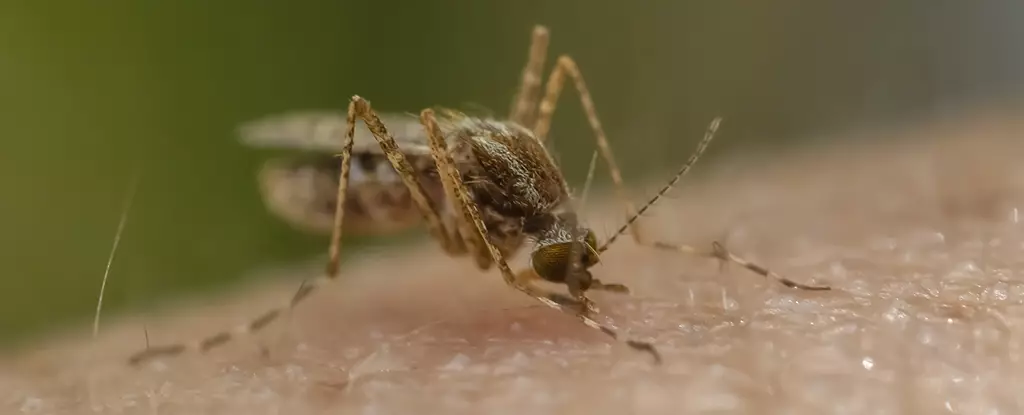Malaria has long been a scourge in numerous regions around the globe, responsible for numerous cases and a high number of deaths, particularly among vulnerable populations. Traditional preventive measures have focused on insecticides, netting, and existing vaccines. However, an exciting advancement in malaria vaccine technology might pivot the battle against this disease into a new and potentially more effective terrain. Recent research has investigated the use of genetically modified mosquitoes to deliver a next-generation malaria vaccine that may significantly outperform current treatments in efficacy.
The latest vaccine, termed GA2, has emerged from the collective efforts of researchers from Leiden University and Radboud University in the Netherlands. Its innovative method involves utilizing a genetically altered, weakened strain of the Plasmodium falciparum parasite, which is responsible for the most severe form of malaria in humans. Unlike traditional methods that can reactivate the parasite and lead to malaria, GA2 offers a modified approach where the parasite is unable to complete its development, thereby rendering it incapable of causing disease.
By employing a method that mirrors natural infection, the GA2 vaccine is administered via mosquito bites. This delivery system could lend a distinct advantage, as it targets the human liver in the same way Plasmodium would during a real infection. According to vaccinologist Meta Roestenberg, the GA2 version of the parasite features a gene that has been turned off, which effectively prevents it from entering the bloodstream and causing any symptoms of malaria. This alters the immune landscape by inducing a specific immune response that prepares the body for future encounters with the pathogen.
What sets the GA2 vaccine apart from its predecessor, GA1, is not just its genetic modifications but also the dynamics of its maturation process. While GA1 saw the parasite establish itself in the liver in about 24 hours, GA2 takes nearly a week to mature. This extended timeline may yield critical benefits, as it provides the immune system with ample opportunity to identify and develop a robust response to the pathogen.
Research indicates that this slower developmental phase results in a more extensive and varied immune cell response. The findings are promising: protection was observed in 88% of young adults receiving the GA2 vaccine compared to just 12.5% effectiveness with the existing vaccine. By studying how GA2 elicits such a robust immune reaction, scientists could gather invaluable insights for the development of future malaria vaccines.
Despite the impressive outcomes, the study did reveal minor side effects associated with the vaccine, primarily localized redness and itchiness from the mosquito bites. To mitigate potential complications following the study, all participants received a course of anti-malaria drugs, emphasizing the containment and careful monitoring necessary when innovating in vaccine delivery systems.
However, significant challenges remain before the GA2 vaccine can be widely adopted. Even though administering vaccines via mosquito bites mimics natural transmission, rolling out such a system on a large scale would require logistical adjustments and rigorous safety protocols to protect public health. Conventional vaccines that can be mass-produced and administered via injections remain the practical choice in many settings.
Globally, malaria still afflicts around 250 million people each year, leading to hundreds of thousands of fatalities—many among young children. Current vaccines, with effectiveness ranging between 50% to 77%, offer protection that often declines within a year, highlighting the urgent need for innovative solutions. As research continues into the GA2 vaccine and its capabilities, there is hope that science could finally tip the scales against malaria.
The research surrounding the GA2 vaccine and the strategic use of genetically modified mosquitoes represents a groundbreaking stride in malaria immunization. While hurdles remain, the prospects of this advancement rekindle optimism in combating one of humanity’s long-standing diseases, driven by a commitment to harnessing both science and nature in the pursuit of better health outcomes.


Leave a Reply